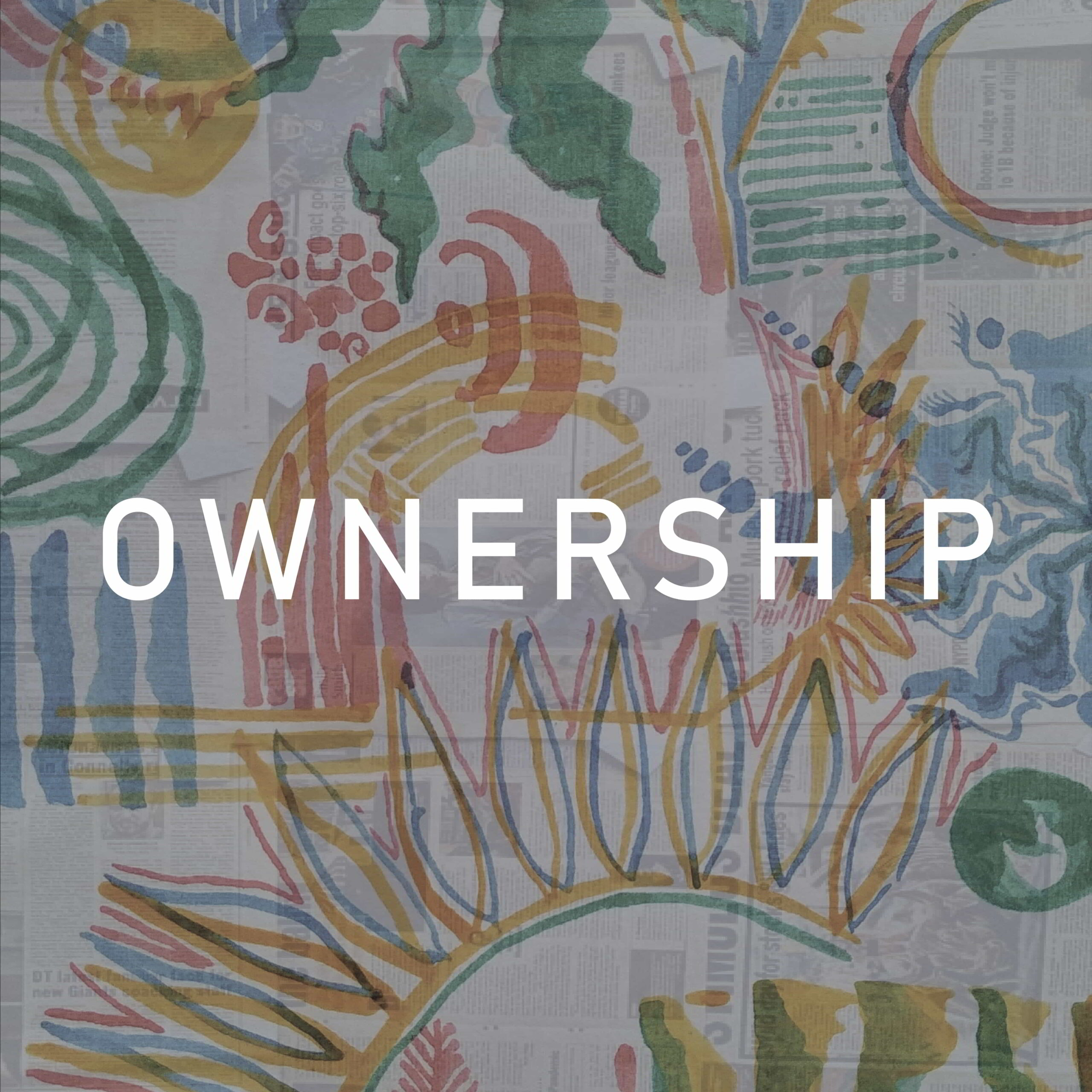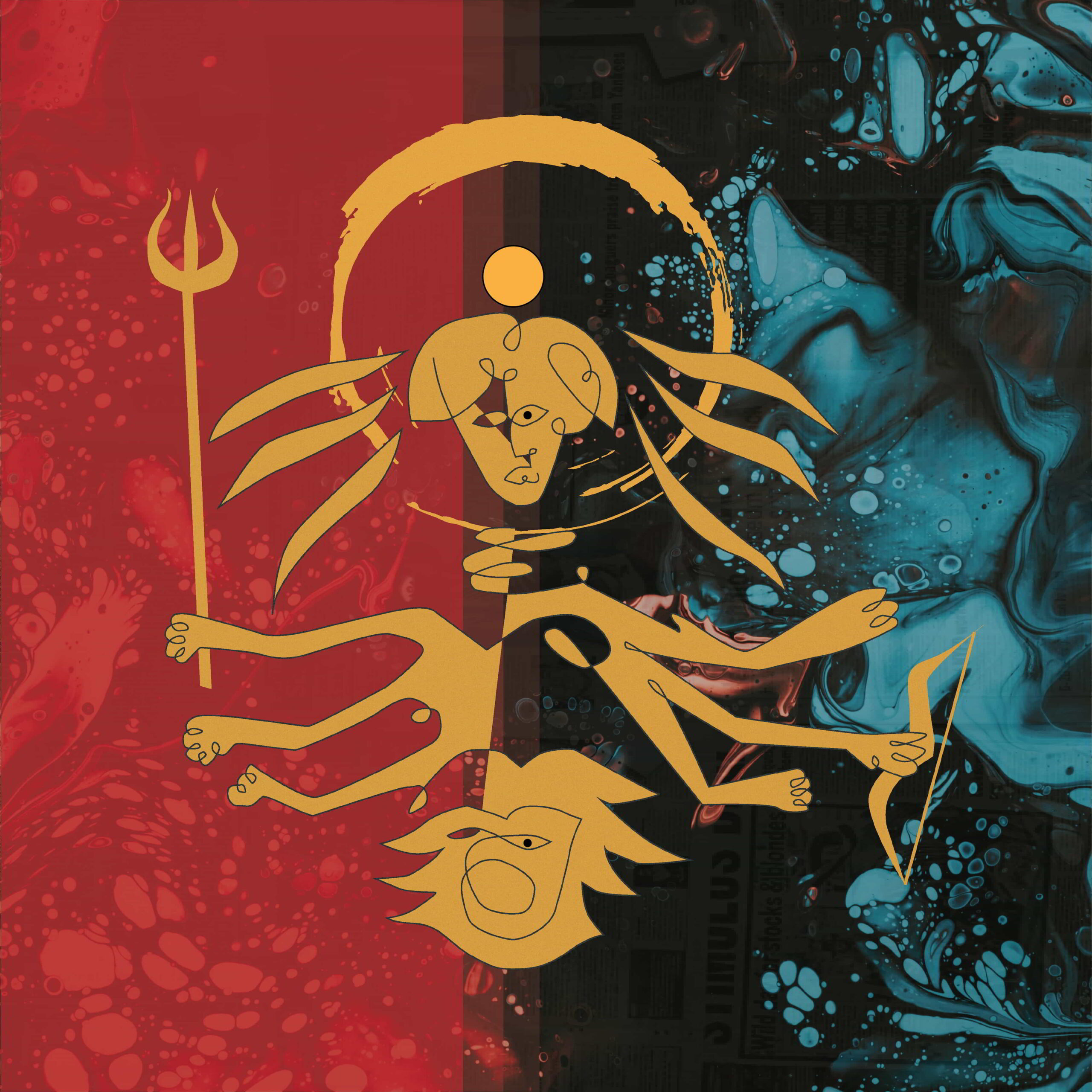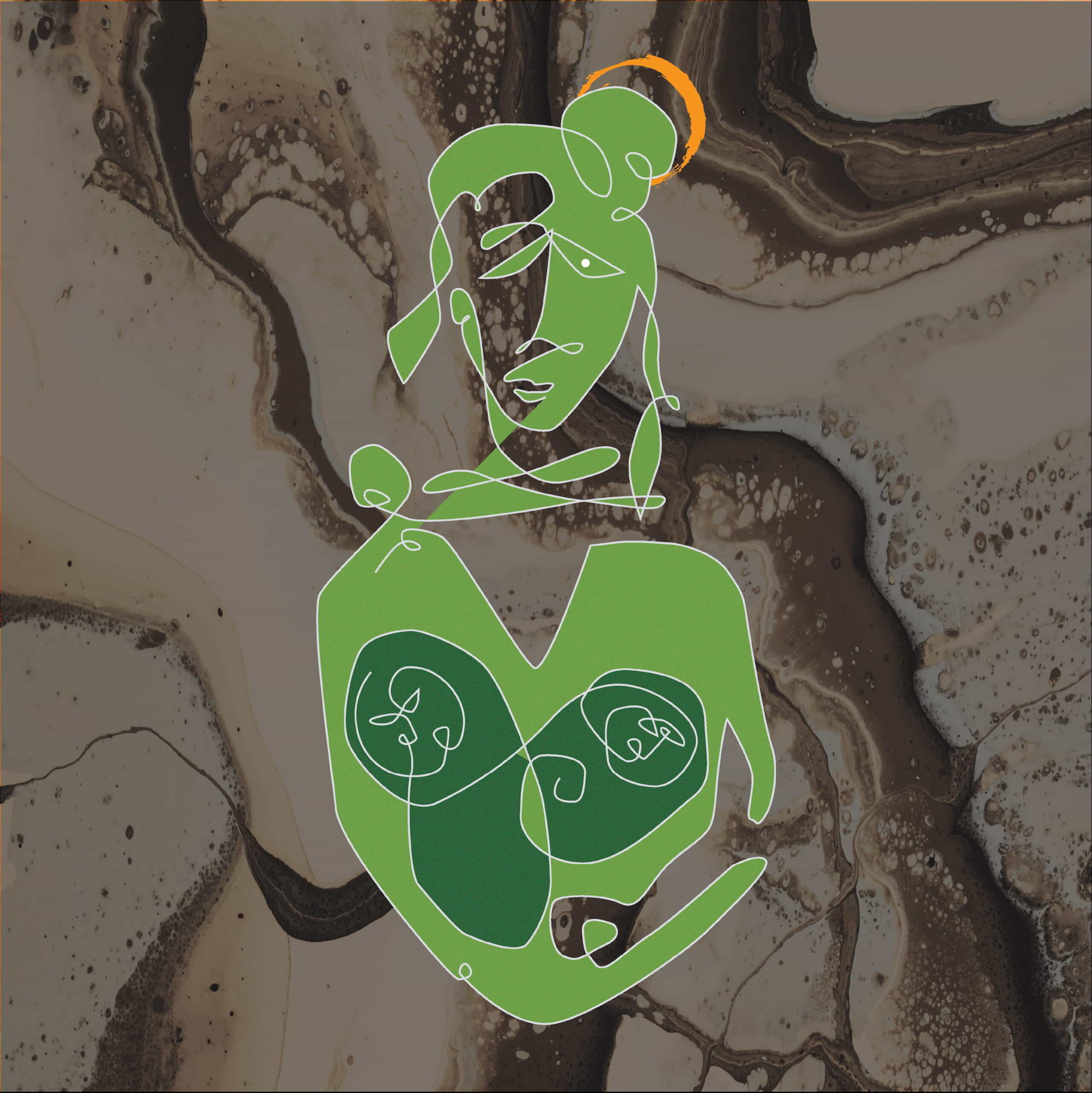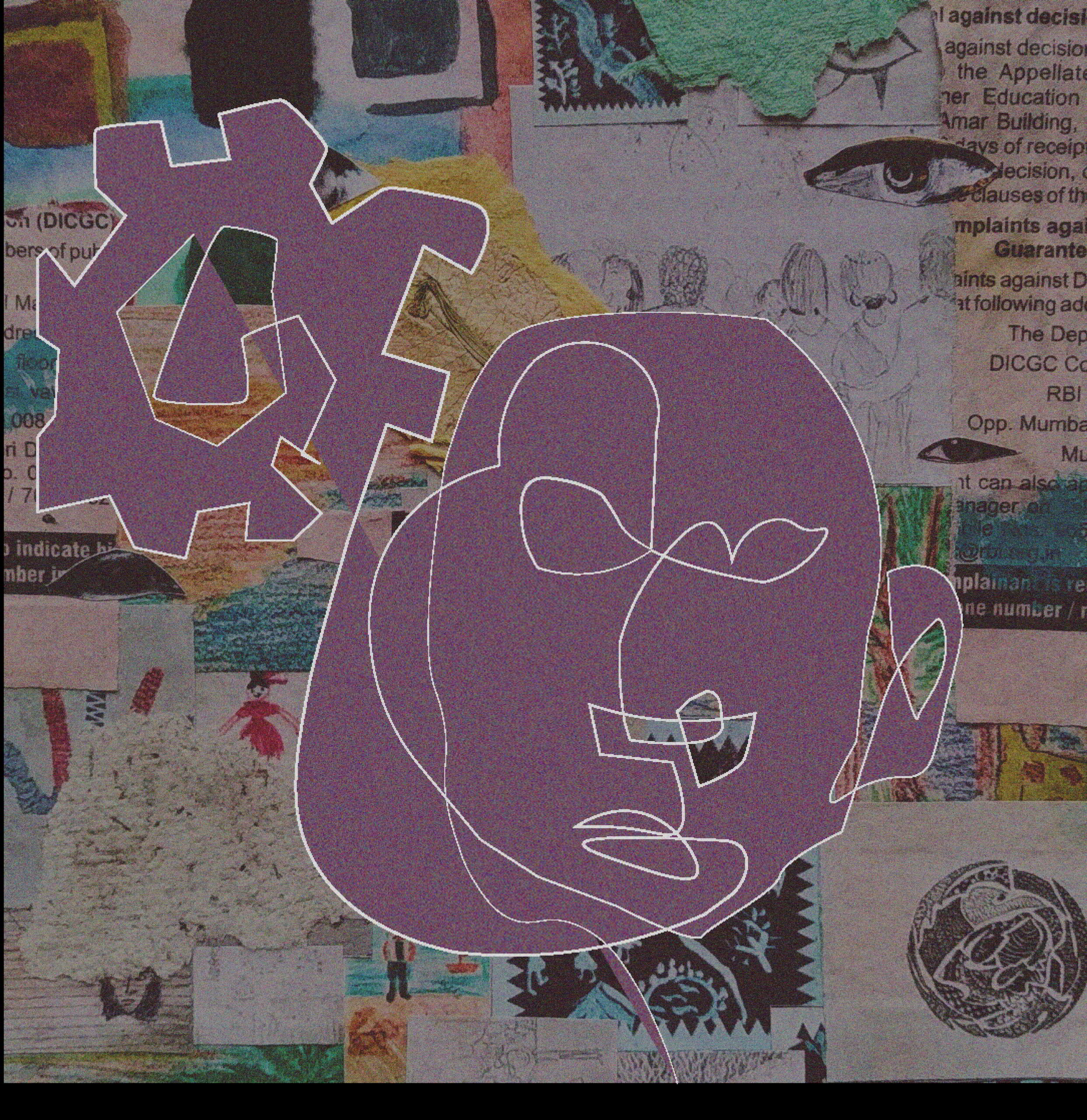His-Her Story

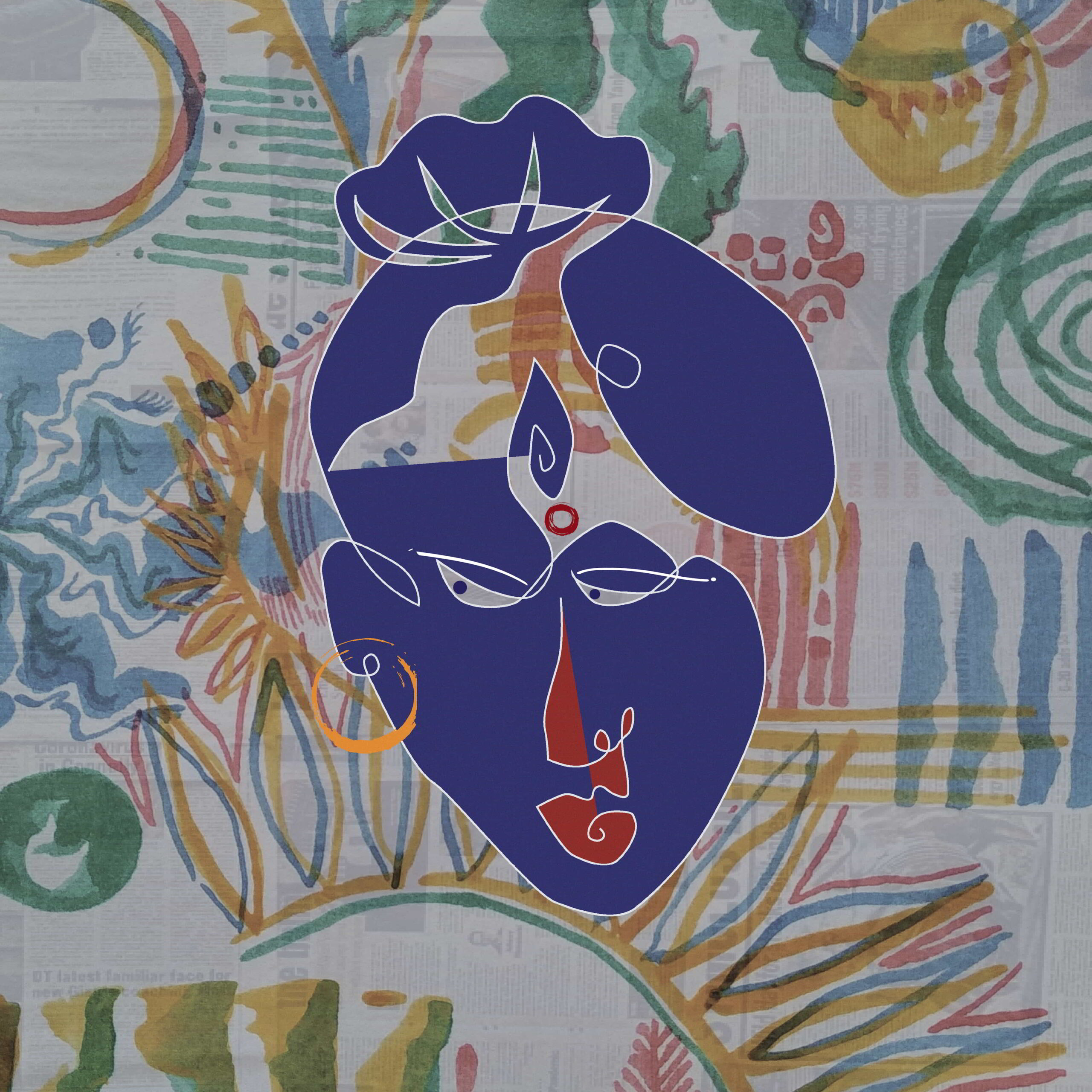
Menaka and other apsaras in Hindu mythology have been repeatedly used as weapons to distract men in their pursuit of power. They are the ultimate forms of male fantasy, beautiful, young and always willing to seduce. Their sexual promiscuity gives them immense power and makes them alluring foes. But behind these damsels lies immense strength of character and power. We owe them an apology for relegating them as just subjects of desire.
The portrayals and consequences incurred by mythical female characters transcend into the treatment of women in reality. Even now, women who take ownership of their actions, behaviours and sexuality are subjected to the most degrading and hurtful verbal attacks related to slut-shaming or rape threats. The patriarchal model propagates that women can be controlled by robbing them of their agency.
Kali embodies the boundless and existential freedom to be, without seeking permission. She is a true monster, in that she is both frightening and awe-inspiring, beautiful in a way that isn’t in any way pretty, not shallow, not manageable, not comfortable. Kali, look at her, couldn’t care less if she is likeable or not. She isn’t afraid of her force, and if you are, that’s on you. She is the quintessential embodiment of shakti, female power. She is a scary, bloodthirsty embodiment of destruction, and the ultimate protector against evil.
Love becomes a transforming agent in our mythological stories, ranging from motherly love, to romantic love, to more importantly, the idea of self-love. The acknowledgement, appreciation and respect for oneself, is the crux of this series, where women understand the need to stand up for themselves, be unabashedly true to their nature and love themselves for who they are, no matter what the consequences. Their courage to take on this kind of love was unheard of, so their fight to become the women they wish to be is always an interesting story to tell the world.
Women in our myths have demonstrated and lived ideas and concepts that we now define as liberal. They have showcased agency, choice, sexuality, love, courage, ownership. They have been labelled vamp, victim, vile in the stories written and presented by men and winners. They have been tried, tested, and eventually worshipped. And these are her stories making HIS-STORY
Being courageous means embracing oneself, being absolutely powerful in the idea that the self is the most important thing. Being courageous is embracing the spiritual and bodily, erotic and sexual. The role of such women and goddesses in the mythology vehicles a concept of femininity very different from the demure, graceful ideals that are mainstream the world around, including in India, the land that gave birth to this fierce goddess and yet prescribes the ideal woman as dutiful, submissive, obedient.
Often, we do not see the steel in Sita. She is staunch and steadfast, never submissive; she is deferential but not docile, having an inner strength to carry out her convictions with immense courage and dignity. being a single mother after standing up against falsity, is still able to teach us the innate quality of love that emerges victorious. Apart from her duty as a virtuous wife, she was able to fight for herself respect against Ravana as well as after receiving false accusations. Her duties as a mother also show through her relationship with her two children, whom she raised alone after being sent to exile.
Agency is defined as the capacity of individuals to act independently and to make their own free choices. What do the myths want us to learn from this? Mythology would probably want us to internalise and normalise the passivity and docility expected of a woman to make her acceptable and desire worthy. If you are a victim of mental, physical or psychological abuse in any form, you cannot recede in a shell and hide in a burrow. You need to holler from the rooftop and tell the world, you need to create a media hype about it even if it means having to undergo humiliation, incessant targeting, character assassination and prolonged and universal vilification and even if it means insinuating a war.
Soorpanakha is a woman who dares to make advances towards a man. She unabashedly expresses first her attraction for Rama and then for Lakshmana, trying to woo the latter for which she is horribly and brutally punished. Lakshmana slays her nose. This is how a woman is punished if she expresses her infatuation and uses her agency over her sexual expression. She is defaced and on top of it vilified. Because the idea of a woman with agency and will is intimidating.
Where It All Began
“I first interacted with Isha when she was 2. A quiet restraint, shy, taking up little space – both in size and in conversation. And now, at 20, as she comes into her own, taking up size and scale of idea and imagination. I am happy to showcase some of her artworks featuring women in mythology and viewing them from a different perspective. I am always learning, and it amazes me to see the depth and strength of conviction of the Zoomers (Generation Z).
⠀
Women in our myths have demonstrated and lived ideas and concepts that we now define as liberal. They have showcased agency, choice, sexuality, love, courage, ownership. They have been labelled vamp, victim, vile in the stories written and presented by men and winners. They have been tried, tested, and eventually worshipped. And these are her stories making HIS-STORY”
– Dr. Mukta Sachdev
9 posts
digital illustrations

